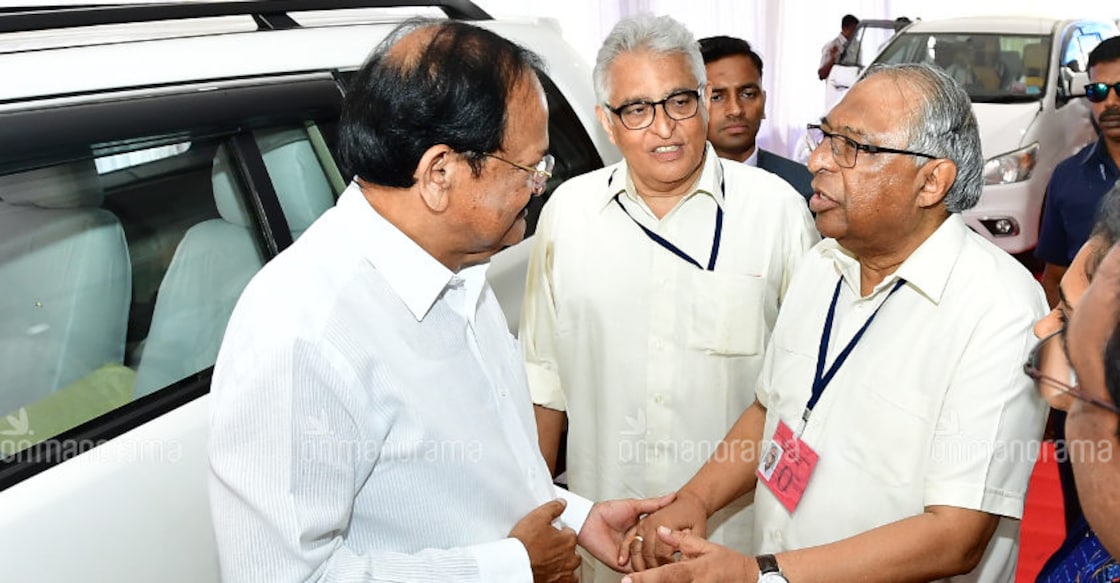90 years of child power: How Balajanasakhyam evolved with Kerala

Mail This Article
Malayala Manorama's editorial on April 16, 1910 read thus: “When you start a newspaper for children, it takes at least a generation to spread the word. So a well-wisher with a good education has asked us to set aside some space for children in an established paper, in other words Manorama. And we have done so from this issue.”
It was like opening a thousand schools all at once. That was when we started a children's section for the little ones to express their talent. A century ago, an idea was born to lead the children with an inclination to reading, writing and drawing to the world of creativity.
A month earlier, Manorama was offered at half the price for school students. Editor K C Mammen Mappila assumed the pen name of 'Kochettan' to write lovely and simple letters in the children's section.
Kochettan's geniality was inherited by 'Sankarachettan', the patron of the Akhila Kerala Balajanasakhyam, which was formed in 1929. 'Sankarachettan' was none other than my uncle K M Cherian.
The children's section was ahead of its time. The children were asked questions on the basis of legendary stories and best answers were given prizes. Original stories were published. A competition for girls let them show their sewing prowess by embroidering the word 'Manorama'.
Kerala was not yet born when the Akhila Kerala Balajanasakhyam was set up. The visionary Mammen Mappila gave the green light to a children's movement for the integration of princely states. The first member of the league of children was my father, K M Mathew. As I write this 90 years down the line, I am proud of being a part of the chain connected in time.
The Balajanasakhyam evolved in tandem with the intense days of the freedom movement. Mahatma Gandhi was welcomed in Kottayam by the members of the league in 1934. The league was led to the path of charitable activities by the kind words of Gandhi. 'The League of Pity Service' spearheaded the charity work.
Members of the league skipped a meal to contribute to the Quetta Relief Fund and volunteered to help the cholera-affected people of southern Travancore. Sankarachettan's call to promote education of the downtrodden created ripples in society. Balajanasakhyam worked ceaselessly except for the period when Travancore dewan C P Ramaswami Iyer locked down Manorama between September 10, 1938 and November 29, 1947.
Balajanasakhyam's demonstrations against casteism, protection of the poor and voluntary actions in the face of natural calamities energised the Kerala society. We have a lot of personalities in our social and political fields who drew from that energy.
In 2004, in the platinum jubilee year of the Sakhyam, it embarked on its most remarkable endeavour in cooperation with the Madras Medical Mission. 'Hridayapoorvam Sakhyam' brought the smiles back to 450 children with heart diseases.
Vice President M Venkaiah Naidu inaugurated the 90th anniversary celebration of the Sakhyam in Kottayam on Saturday. I too line up with my little friends who have walked along with history. My heartfelt greetings to all friends.

